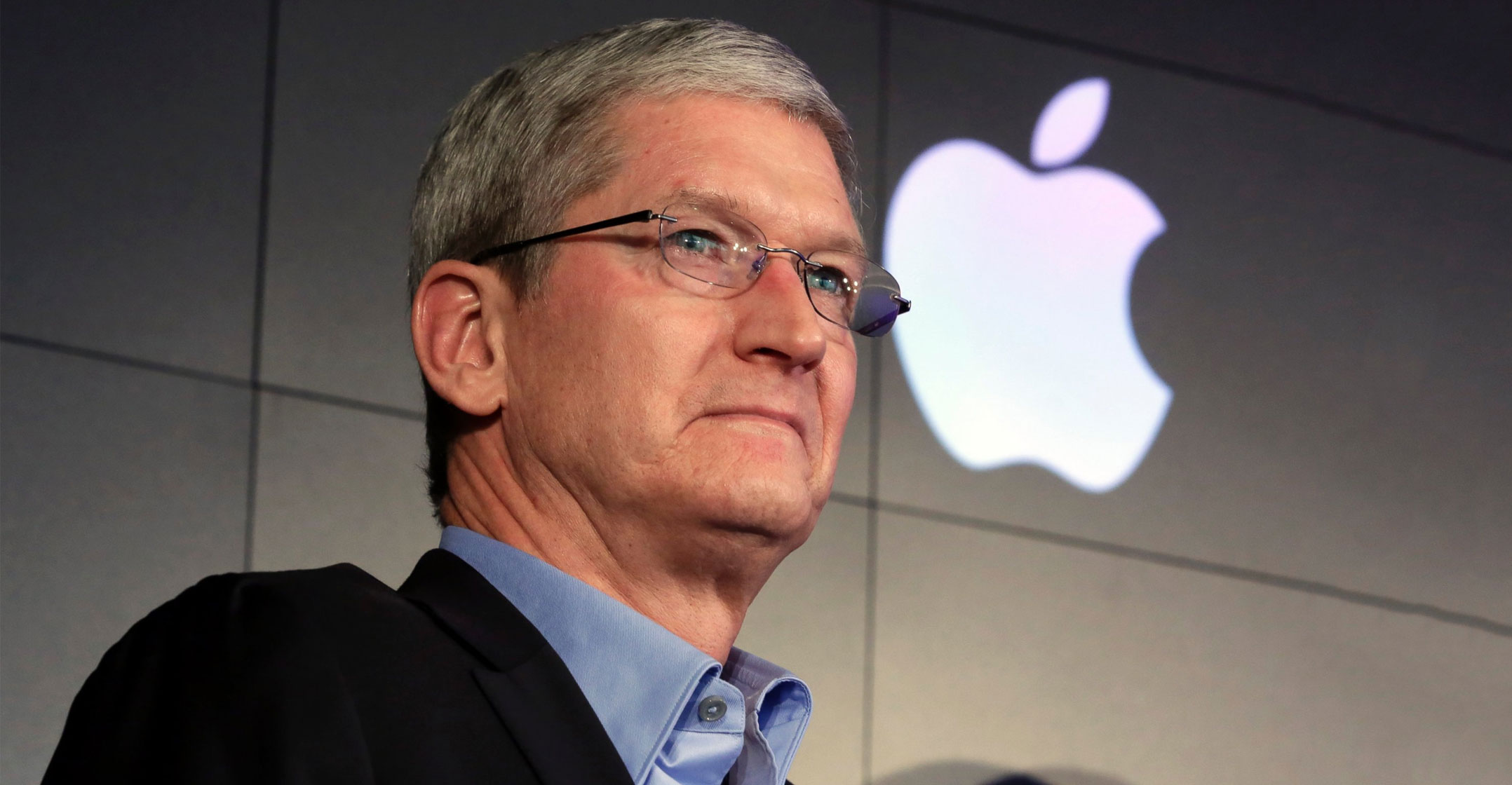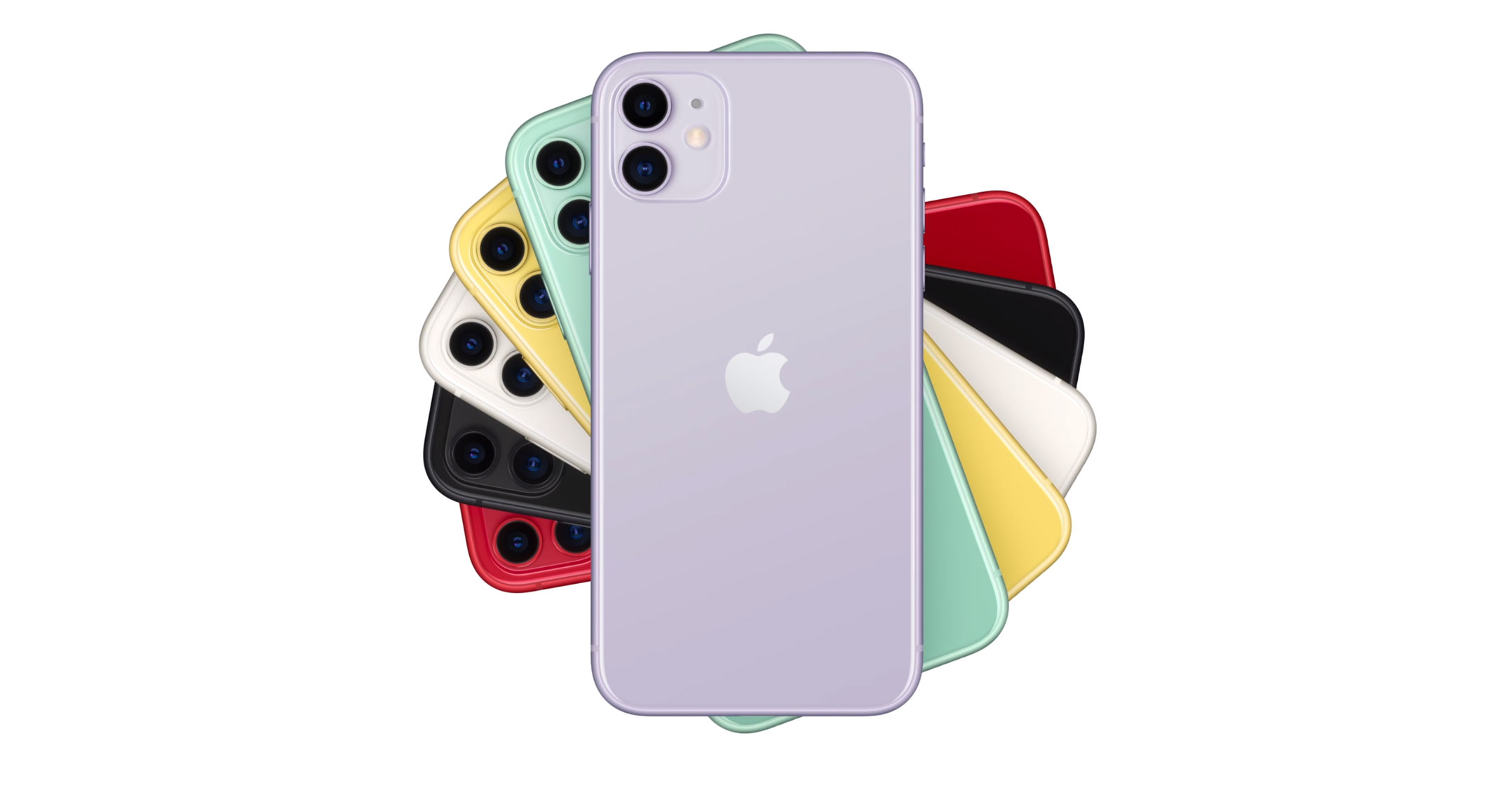
Apple executives put aside their typical praise of the iPhone’s sleek design and breakthrough technology on Wednesday for more mundane topics such as installment plans, trade-in programmes and giveaways.
This is the new reality for the Cupertino, California-based technology giant. The smartphone market is saturated and growing slowly at best, so Apple must find new ways to persuade consumers to upgrade their iPhones and sell them digital services and accessories.
Fiscal fourth quarter results, reported on Wednesday, suggested the strategy is beginning to work. While iPhone revenue dropped 9%, overall sales rose and the company forecast more top-line growth for the key holiday period.
Services and accessory revenue jumped to records as users bought apps for their existing iPhones, attached wearable devices like AirPods and Apple Watches, and subscribed to services like Apple Music and iCloud storage.
But the plan will only keep working if the installed base of active Apple devices grows steadily, led by the iPhone. That will be a challenge because consumers aren’t upgrading to newer handsets as often as they once did. Over the last three years, the average age of a smartphone has increased more than three months to 19.5 months, according to research by UBS. In a survey by the investment bank, respondents said they plan to replace their devices every 28.5 months, or almost two-and-a-half years.
During a conference call with analysts on Wednesday, Apple CEO Tim Cook and chief financial officer Luca Maestri described a potential solution to this upgrade problem: a new feature for the Apple Card that lets users pay for their iPhones over 24 months with no interest and manage that payoff programme directly from their iPhone.
‘Recurring payment’
“One of the things we are doing is trying to make it simpler and simpler for people to get on these sort of monthly financing kind of things,” Cook said. “We are cognisant that there are lots of users out there that want sort of a recurring payment like that in the receipt of new products.”
The CEO did brag about the latest iPhone’s camera, but conversation soon turned to more prosaic topics. Morgan Stanley analyst Katy Huberty asked whether it was realistic to expect the iPhone business to return to growth in 2020. Cook refused to be drawn into a long-term prediction but said he was encouraged by the initial reaction to the new phones.
When asked about about China, Cook said new iPhone pricing, a monthly payment programme and trade-in offers have helped to improve performance in the country.
 Other analysts asked whether offering Apple’s new TV+ streaming service free for a year with a new device purchase was the start of a broader bundling of hardware and services. Cook said he wanted to grow the TV+ audience quickly and saw this as a way to do it. He wouldn’t rule out attaching another free service offer to hardware purchases in the future.
Other analysts asked whether offering Apple’s new TV+ streaming service free for a year with a new device purchase was the start of a broader bundling of hardware and services. Cook said he wanted to grow the TV+ audience quickly and saw this as a way to do it. He wouldn’t rule out attaching another free service offer to hardware purchases in the future.
Maestri said Apple is continuing to push its trade-in programme, which lets users bring in an old iPhone for a credit toward a new model. Sales volume through that programme is five times larger than in the fiscal fourth quarter last year, the CFO noted.
Cook also indicated that wearables continue to keep the Apple ecosystem strong. He said three-quarters of Apple Watch purchases in the fiscal fourth quarter were by users who had never bought that device before. The CEO wouldn’t say how those sales were driven by existing iPhone owners, but the underlying message was clear: wearables like the Apple Watch and AirPods keep people tied to their iPhones and help Apple to squeeze more money of a product that’s still struggling to grow. — Reported by Mark Gurman and Ian King, (c) 2019 Bloomberg LP




